What is the Largest File Size for FAT32 and How to Work Around It?
The FAT32 file system has long been a popular choice for formatting storage devices like USB drives, SD cards, and external hard disks due to its compatibility across various platforms. However, many users encounter a frustrating limitation when trying to store files larger than 4GB on FAT32-formatted drives. Understanding why this happens and finding ways to overcome it can save you time and effort.
In this article, we'll explore the maximum file size for FAT32 and FAT32 USB size, why this limitation exists, and practical solutions, including using the HitPaw Univd (HitPaw Video Converter) for compression and file splitting.
Part 1: Understanding FAT32 and Its Limitations
1. What is FAT32?
FAT32, short for File Allocation Table 32, was introduced by Microsoft in 1996 as an improvement over its predecessors, FAT12 and FAT16. It became the default file system for many devices due to its simplicity and cross-platform compatibility. FAT32 works perfectly on Windows, macOS, Linux, and even gaming consoles, making it ideal for portable storage devices like USB drives and SD cards.
2. Why Does FAT32 Have a File Size Limit?
The FAT32 file system uses a 32-bit allocation table to manage data. While efficient, this structure inherently limits the size of individual files to 4GB and the maximum partition size to 2TB. These limitations stem from its design and were acceptable when FAT32 was developed. However, as file sizes have grown with advancements in technology, this limit has become a significant drawback.
3. Maximum File Size for FAT32
As discussed about the increasing file sizes above, the 4GB file size limit is one of FAT32's most notable restrictions. Any attempt to transfer a file larger than 4GB to a FAT32 drive results in an error. This limitation not only affects users handling large video files, ISO images, or other sizable data but also makes it crucial to work around.
Part 2: How to Break the FAT32 File Size Limit
Method 1: Split Large Files into Smaller Segments
Breaking a file into smaller pieces is a practical solution to bypass the FAT32 file size limit. File splitting tools or converters like HitPaw Univd make this process simple. Below is the guide for splitting files using HitPaw.
Step-by-Step Guide to Split Files Using HitPaw Univd
If you have not downloaded or installed the Hitpaw Video converter, you need to download and install it first.
Step 1:After installing and running the HitPaw Univd, go to the main interface of the Edit section, select the Cut feature, and add the source file you want to split.

Step 2:Once the file is added, preview it in the timeline. Drag the play head to the specific time point where you want to split the file. Click the scissor icon to create a cut. Repeat this process to divide the file into multiple segments as needed.

Step 3:Preview the cut segments on the main interface. Choose your desired output format. Then, click Export to save a single segment or Export All to save all segments at once.

This process is really perfect for splitting files into smaller segments while maintaining the desired quality and format.
Pros & Cons of Splitting Files
- Bypasses FAT32 Limits: Stores files without exceeding the 4GB limit.
- Maintains Quality: Keeps the original file quality intact.
- Easy Sharing: Smaller parts are easier to share via email or cloud.
- No Reformatting Needed: Retains device compatibility.
- Tool Requirement: Needs additional tools.
- Time-Consuming: Splitting and managing files takes time.
- Reassembly Needed: Files must be merged for use.
- Limited Compatibility: Not all devices support split files.
Method 2: Reformatting to a Different File System
If splitting files is inconvenient, consider reformatting the drive to a file system like exFAT or NTFS. These file systems support larger file sizes and are suitable for modern storage needs.
Steps to Reformat a Drive:
- Step 1:Connect your drive to the computer.
- Step 2:Open "File Explorer" and right-click the drive.
- Step 3:Select "Format" and choose exFAT or NTFS as the file system.
- Step 4:Click "Start" to complete the reformatting process.
While reformatting removes the FAT32 limitations, it may reduce compatibility with older devices.
Method 3: Using Compression Tools
Compressing large files can also help bypass the FAT32 file size limit. Tools like the HitPaw Univd offer easy compression options without significantly compromising file quality.
HitPaw Univd is a versatile tool designed to handle video compression, editing, and file splitting effortlessly. With its user-friendly interface and robust features, it is ideal for managing large files on FAT32 drives. So, whether you need to split, compress, or convert files, HitPaw provides a perfectly reliable solution tailored to your needs.
HitPaw Univd - All-in-one Video Solutions for Win & Mac
Secure Verified. 254,145 people have downloaded it.
- Uses advanced algorithms to reduce video file size with minimal quality loss, preserving clarity and detail.
- Supports a wide range of video formats, including MP4, AVI, MOV, MKV, FLV, and more, ensuring versatile file handling.
- Users can customize video resolution, bitrate, frame rate, and audio settings, balancing quality and file size based on preferences.
- Allows batch processing, enabling users to compress multiple videos simultaneously, saving time when working with large files.
- Optimized for quick video compression, ensuring large files are processed swiftly, saving users time without sacrificing efficiency.
- With its intuitive drag-and-drop design, makes compressing videos simple and accessible, even for beginners.
Secure Verified. 254,145 people have downloaded it.
Guide to Work Around the FAT32 Max Size Limit with HitPaw
Step 1.Open HitPaw Univd and select the "Compressor" feature from toolbox.

Step 2.Add the file you want to compress.

Step 3.Choose the desired compression settings. Click the gear icon on the file to select the appropriate compression level and quality for the file. The format list provides "Original" and "MP4" options. Click the "Preview" button to preview the compression effect.

When you select a compression level from the bottom left, it will be applied to all files in the list. The recommended level of compression is medium. The size of the video before and after compression can be seen in the file list.

Step 4.When the compression is finished, you can access the compressed video(s) in the output folder. Save the compressed file to your drive.

FAQs About the Largest File Size for FAT32
Q1. What is the largest file size that can be stored on a FAT32 drive?
A1. FAT32's largest file size limit is 4 GB minus 1 byte (4,294,967,295 bytes), meaning any single file cannot exceed this size on a FAT32-formatted drive. And support volume sizes up to 8 TB (terabytes).
Q2. Can I store a file larger than 4GB on FAT32?
A2. No, but you can work around this limitation by splitting the file, compressing it, or reformatting the drive.
Q3. Why is FAT32 still widely used despite its file size limitations?
A3. FAT32 remains widely used due to its broad compatibility across multiple operating systems and devices, suitability for smaller storage devices with files under 4 GB, and its simple, low-overhead file system, making it ideal for embedded systems and legacy hardware.
Conclusion
Understanding the FAT32 file size limitation and how to work with it provides a smooth experience when handling large files. Whether you choose to split files, compress them, or reformat your drive, solutions like HitPaw Univd make the process efficient and hassle-free. Ready to manage large files on FAT32 effortlessly? Try HitPaw Univd today and enjoy a smoother storage experience.

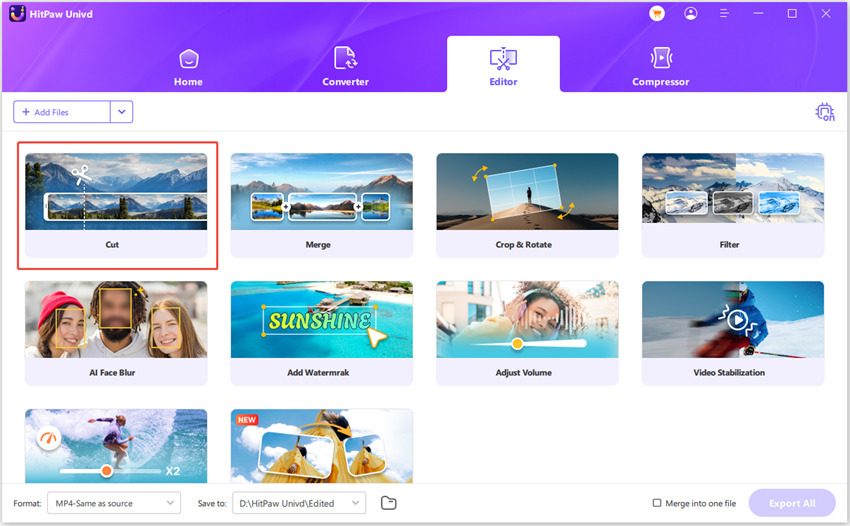
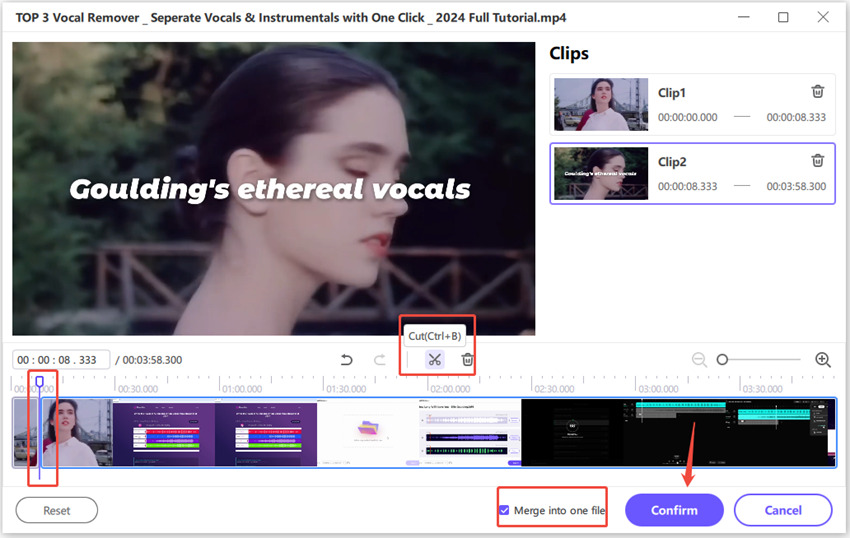
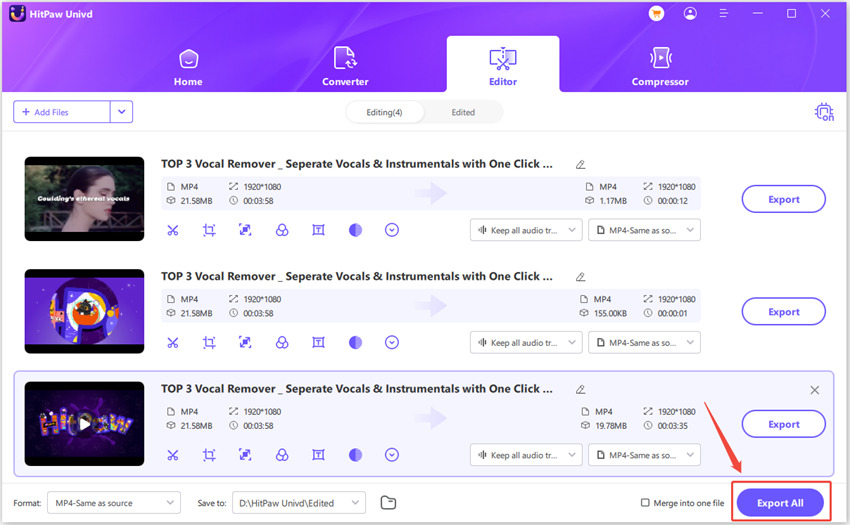
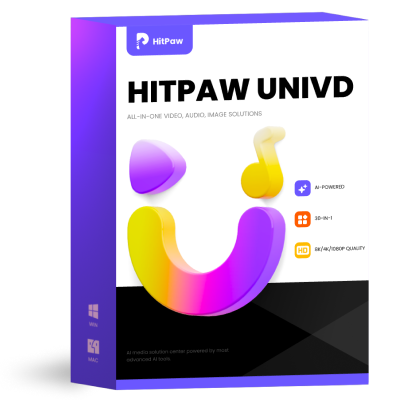
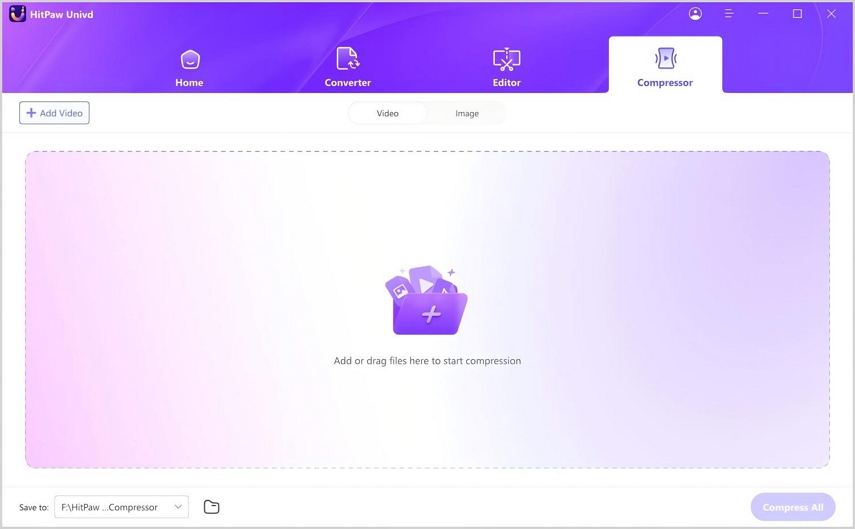
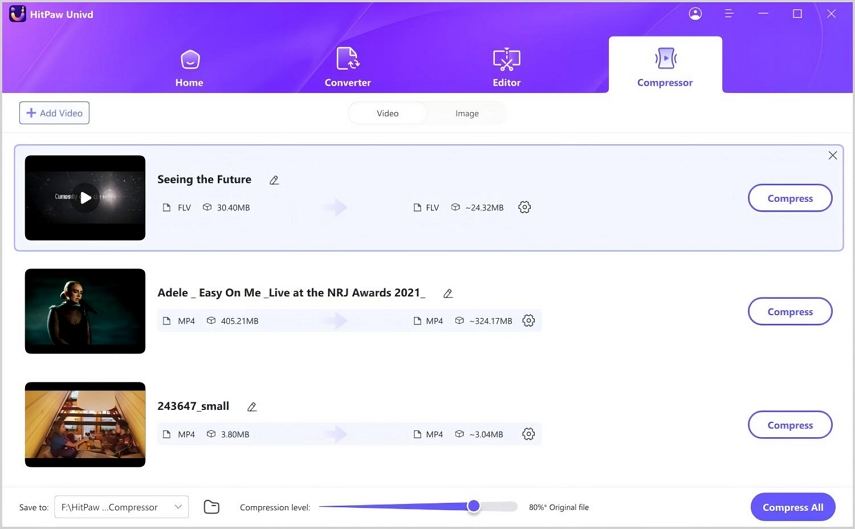
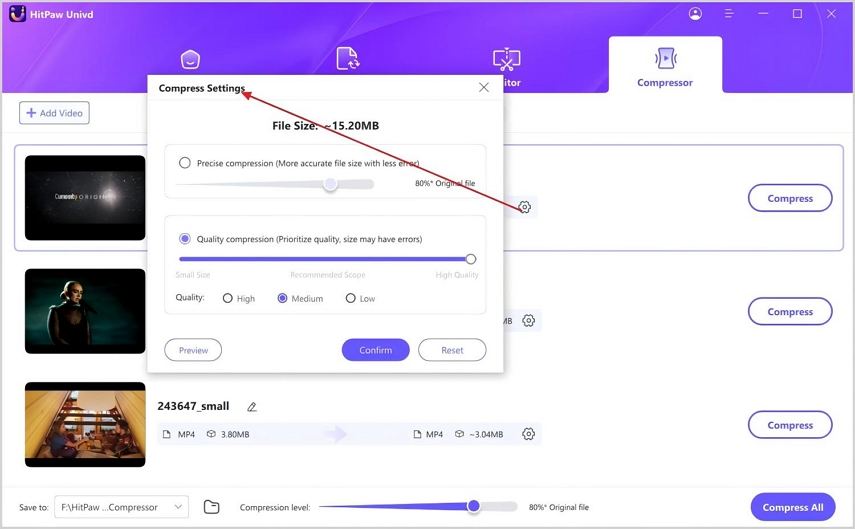
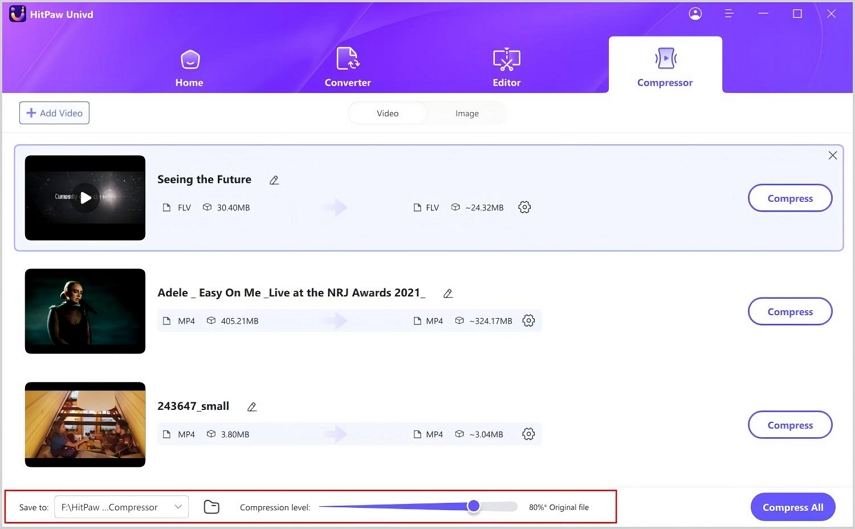
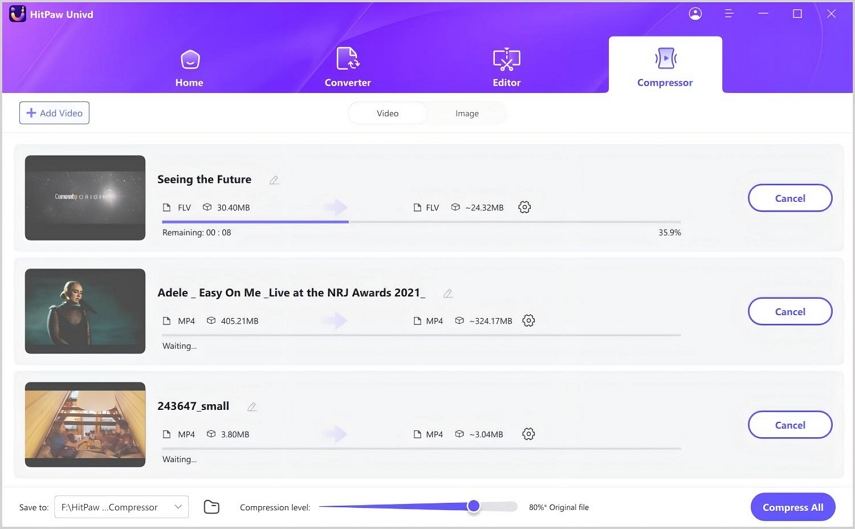





 HitPaw VoicePea
HitPaw VoicePea  HitPaw VikPea (Video Enhancer)
HitPaw VikPea (Video Enhancer)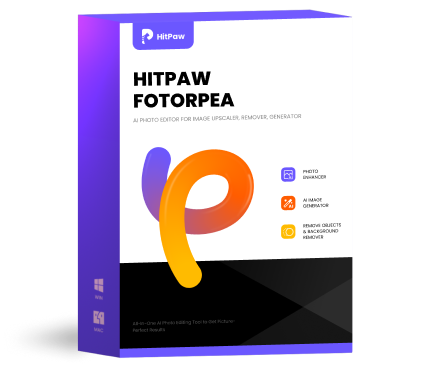 HitPaw FotorPea
HitPaw FotorPea
Share this article:
Select the product rating:
Daniel Walker
Editor-in-Chief
My passion lies in bridging the gap between cutting-edge technology and everyday creativity. With years of hands-on experience, I create content that not only informs but inspires our audience to embrace digital tools confidently.
View all ArticlesLeave a Comment
Create your review for HitPaw articles